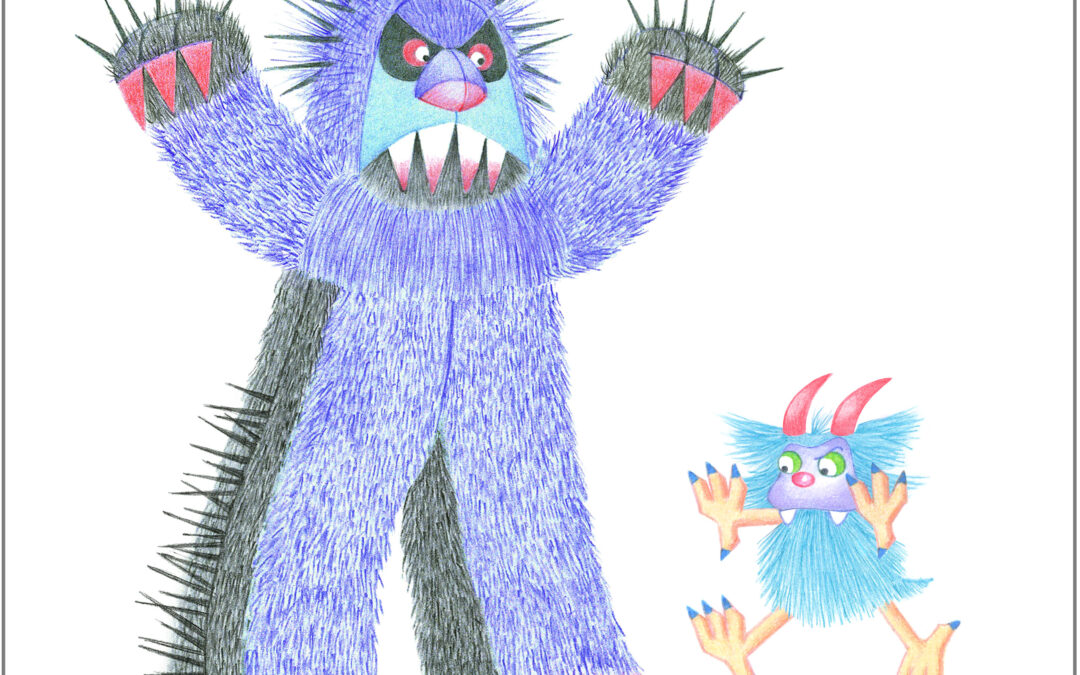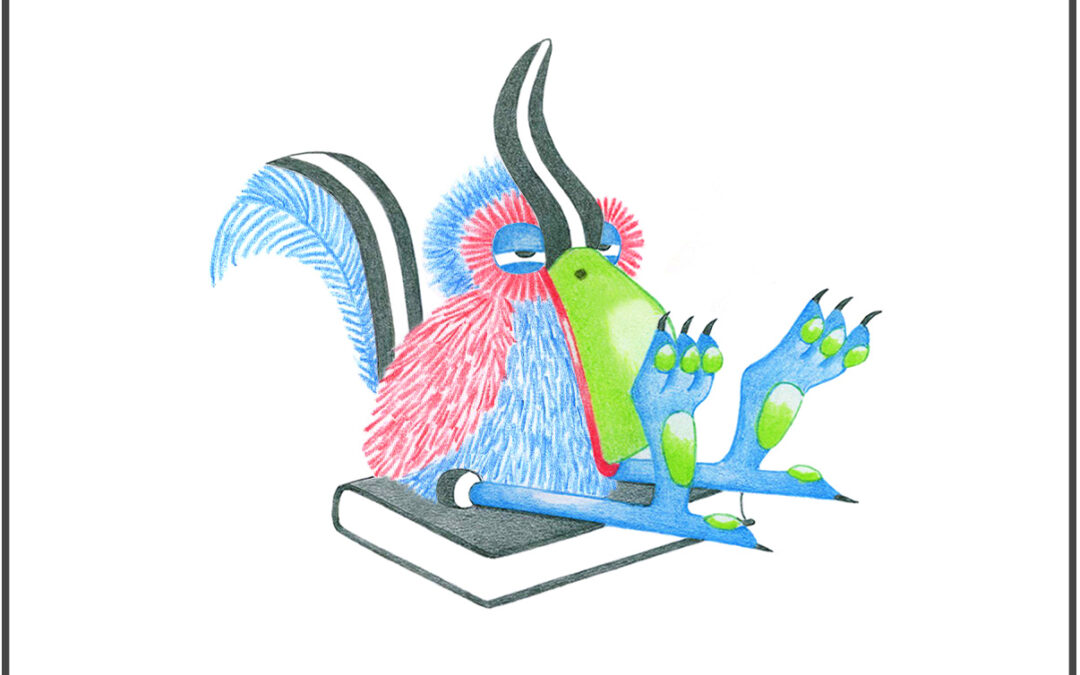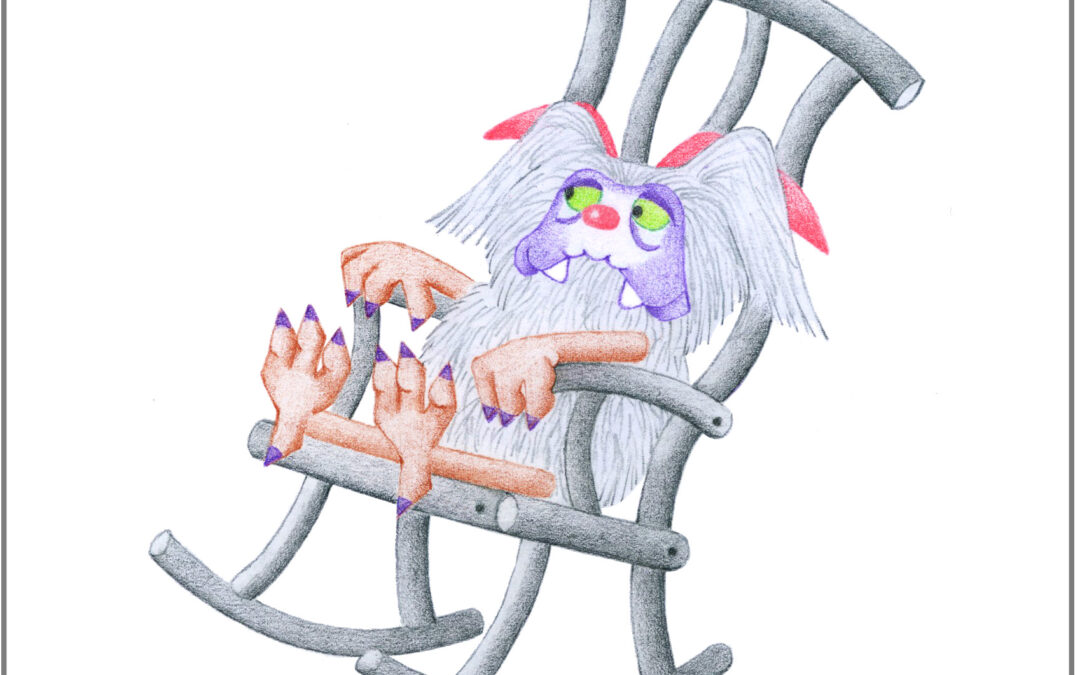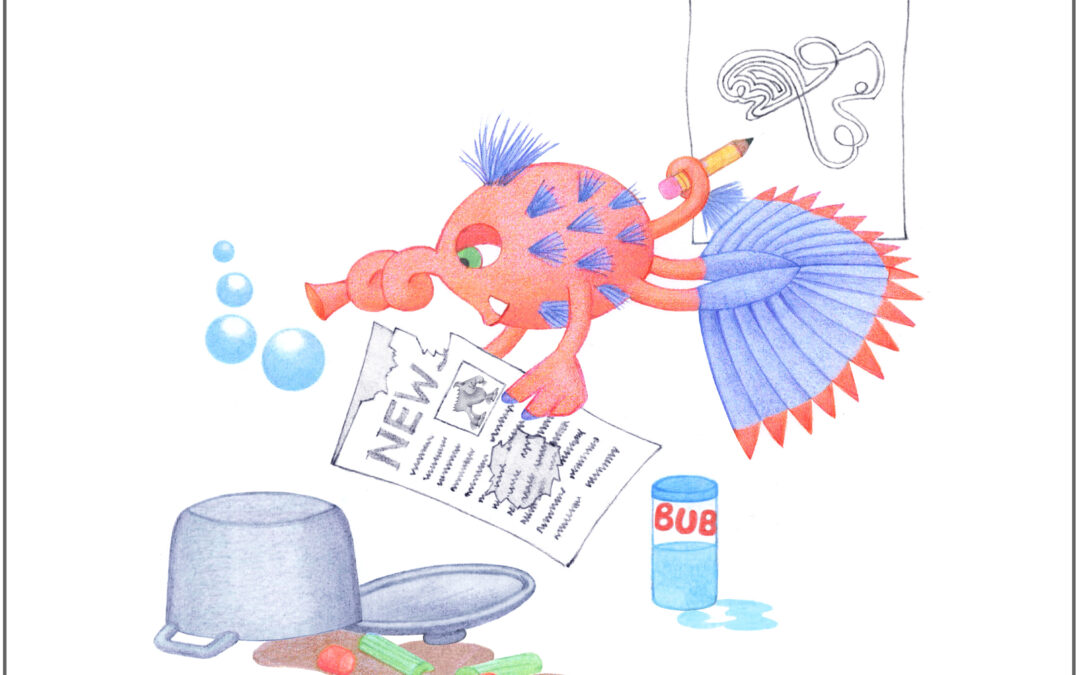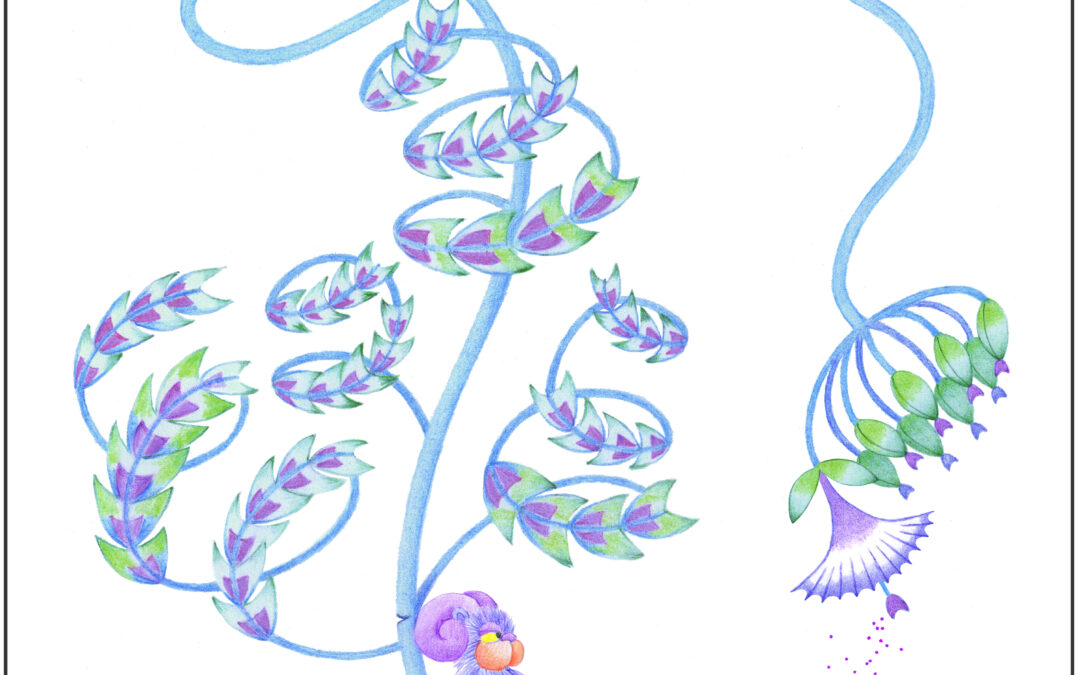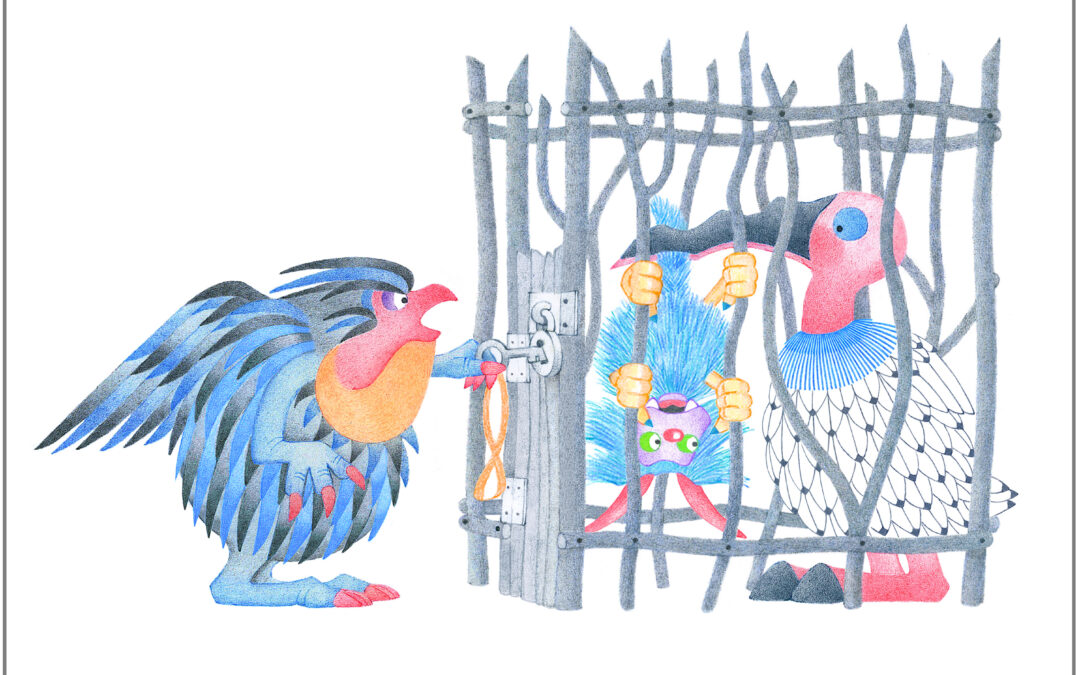This is a scene I imagined for a movie–a spinoff of an actual conversation I had one evening with Arlen and Harry:
Speaker 1: Anybody see The Hellstrom Chronicle on TV last night?
Speaker 2: That’s the one about insects, isn’t it?
Speaker 3: One of those Roach That Ate Rhode Island movies?
Speaker 1: No, it’s a documentary—about how insects are going to take over the
world.
Speaker 2: I thought they already had. I’ve got armies of Argentine ants marching
out of my potted plants, my toaster, even my steam iron.
Speaker 3: How do you know they’re Argentine? Do they flash their passports?
Speaker 2: Funny. I read an article that said that in less than ten years, they’ve
become the dominant species of ant in the southwest.
Speaker 3: Illegal aliens? Why doesn’t Immigration do something?
Speaker 1: How about the killer bees that are on their way from…somewhere in
South America?
Speaker 2: It’s creepy to think about insects evolving so fast they’re becoming
immune to pesticides. What are people going to do twenty years from
now?
Speaker 1: I remember reading that insect protein is easier to digest than meat
protein. Does that suggest a solution?
Speaker 3: That’s it! We could launch a culinary campaign—EAT them into retreat!
Speaker 1: The fast food of the future: hamBUGers…French FLIES…chocolate chip
COOTIES.
Speaker 2: Sounds appetizing. How about LICE-eroni or Kraft MAGGOTroni and
cheese?
For future generations who’ll be dealing with the insect problem, I enclose a more complete list of our gastronomic suggestions:
Campbell’s chigger-noodle soup, Kellogg’s Grapegnats, roach beef, miteloaf, weevil schnitzel, sweet and sowbug pork, cheese souflea, split bee soup, tomato waspic, salted mixed nits, caramel locustard, shish-kebug, rice beelaf, potato crickettes, bughetti and fleaballs, fish ticks, and manicootie.
